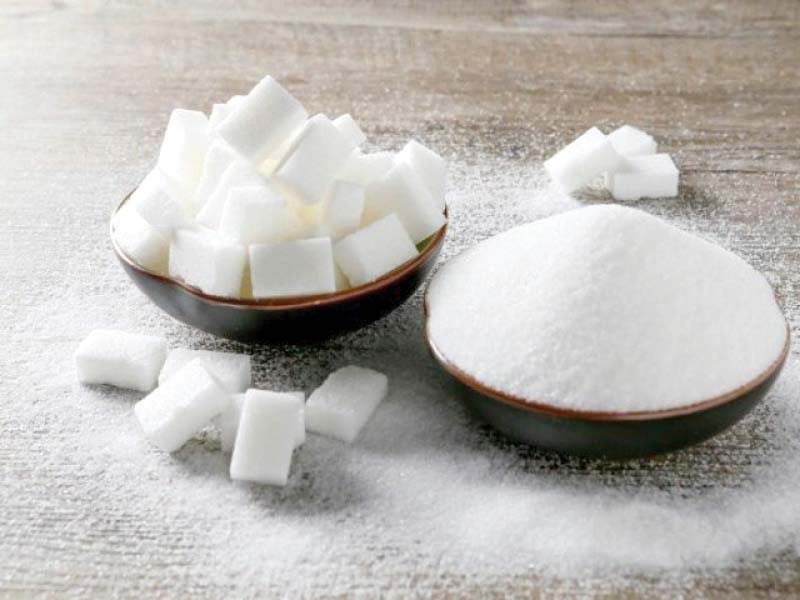Centre Formulates Regulatory Framework for Sugar Sector

The Government of India has initiated a significant overhaul of the Sugar (Control) Order, 1966, resulting in the introduction of the Sugar (Control) Order, 2025. This new regulation aims to modernize the sugar industry by simplifying existing rules and aligning them with contemporary market conditions and technological advancements. The primary goal is to create a more efficient, transparent, and accountable sugar ecosystem that enhances both domestic stability and international competitiveness.
Key Features of the Sugar (Control) Order, 2025
The Sugar (Control) Order, 2025 introduces several important features designed to improve the sugar sector. One notable change is the integration of the Department of Food and Public Distribution (DFPD) portal with the Enterprise Resource Planning (ERP) systems of sugar mills. This integration allows for real-time data sharing, reducing data leakages and redundancies. Currently, over 450 sugar mills are already connected to the portal, which also incorporates Goods and Services Tax Network (GSTN) data related to sugar sales.
Another significant update is the incorporation of sugar price regulation clauses directly into the Sugar (Control) Order. Previously, these provisions were outlined in the Sugar Price (Control) Order, 2018. By merging these regulations, the government aims to streamline the regulatory framework and eliminate the need for a separate order.
Inclusion of Raw Sugar and Khandsari Sugar
The new order also addresses the inclusion of raw sugar in the regulatory framework, aligning it with international standards. This change will ensure that raw sugar is accounted for in the total national stock, providing a clearer picture of sugar availability. Previously, raw sugar was often sold under misleading names such as khandsari or organic, and this revision aims to rectify that issue.
Additionally, khandsari sugar factories with a crushing capacity exceeding 500 tonnes per day (TCD) have been included in the Sugar (Control) Order, 2025. This inclusion is expected to facilitate fair payment of the Fair and Remunerative Price (FRP) to farmers and improve the accuracy of sugar production estimates. Currently, there are 373 khandsari units operating in the country, with 66 of them exceeding the 500 TCD capacity.
Regulation of By-Products and Definitions
The revised order also expands its scope to include various by-products of sugar production, such as cane bagasse, cane molasses, and press mud cake. This inclusion allows the government to regulate the diversion of sugar for alternative uses, ensuring sufficient sugar availability for domestic consumption.
Furthermore, the Sugar (Control) Order, 2025 introduces standardized definitions for various sugar products, including Plantation White Sugar, Refined Sugar, and Gur (jaggery). These definitions, sourced from the Food Safety and Standards Authority of India (FSSAI), aim to establish uniformity across the industry, enhancing clarity and consistency in product labeling and regulation.
Observer Voice is the one stop site for National, International news, Sports, Editor’s Choice, Art/culture contents, Quotes and much more. We also cover historical contents. Historical contents includes World History, Indian History, and what happened today. The website also covers Entertainment across the India and World.

